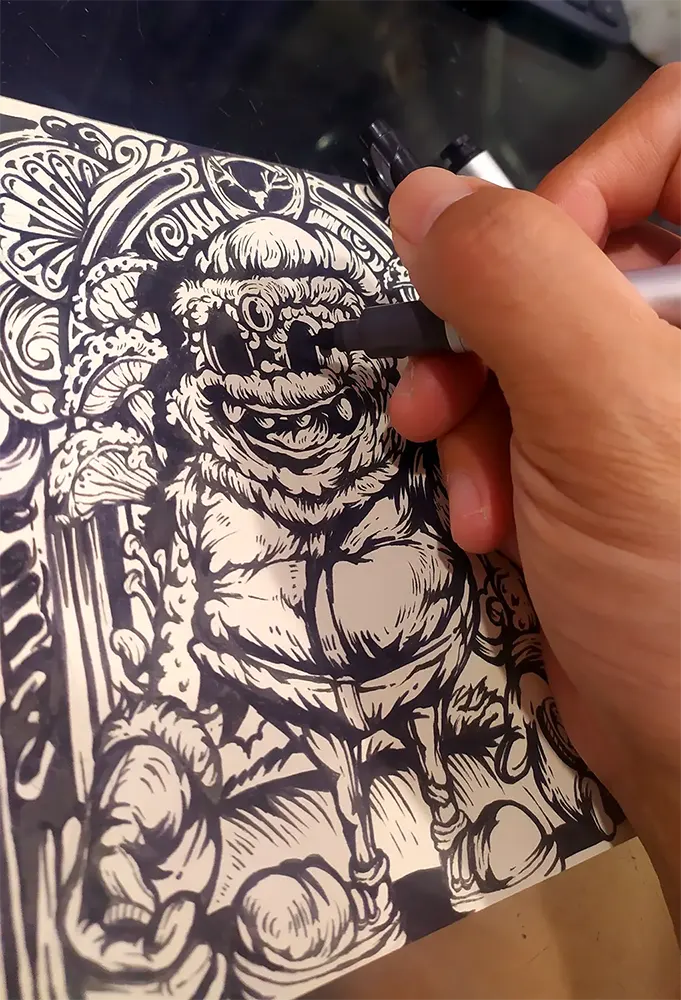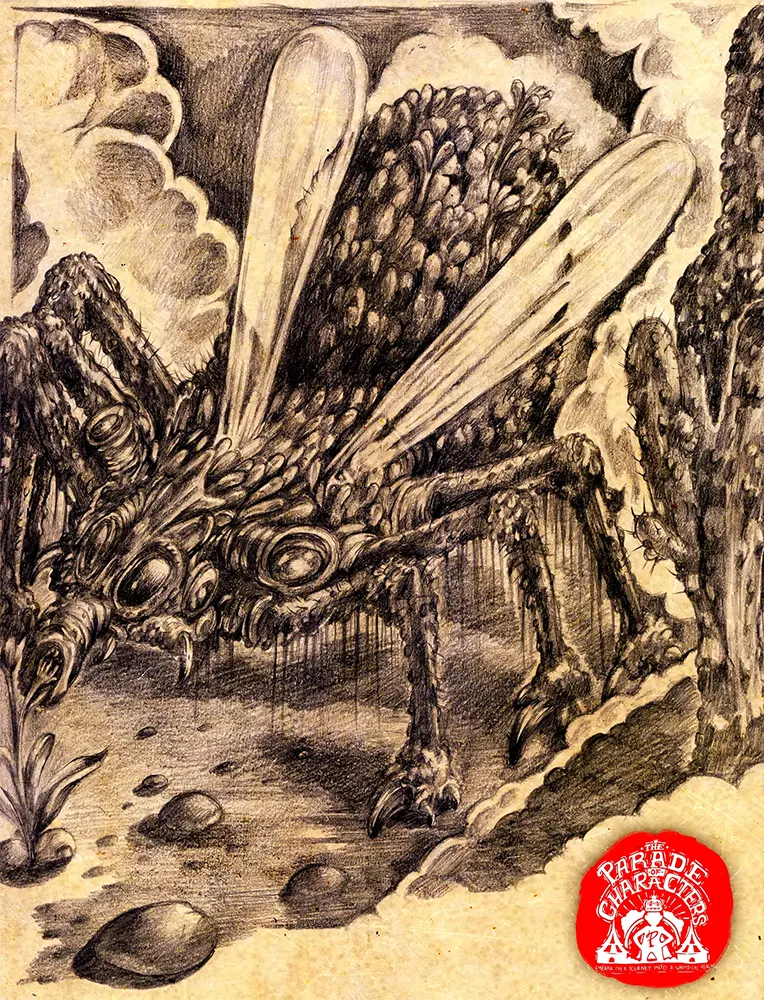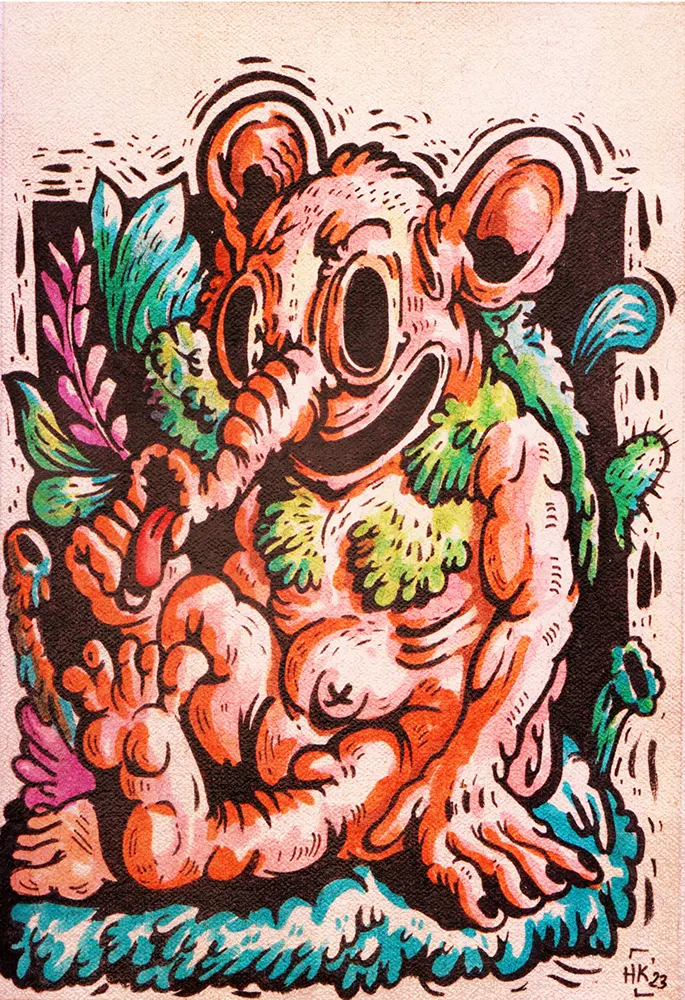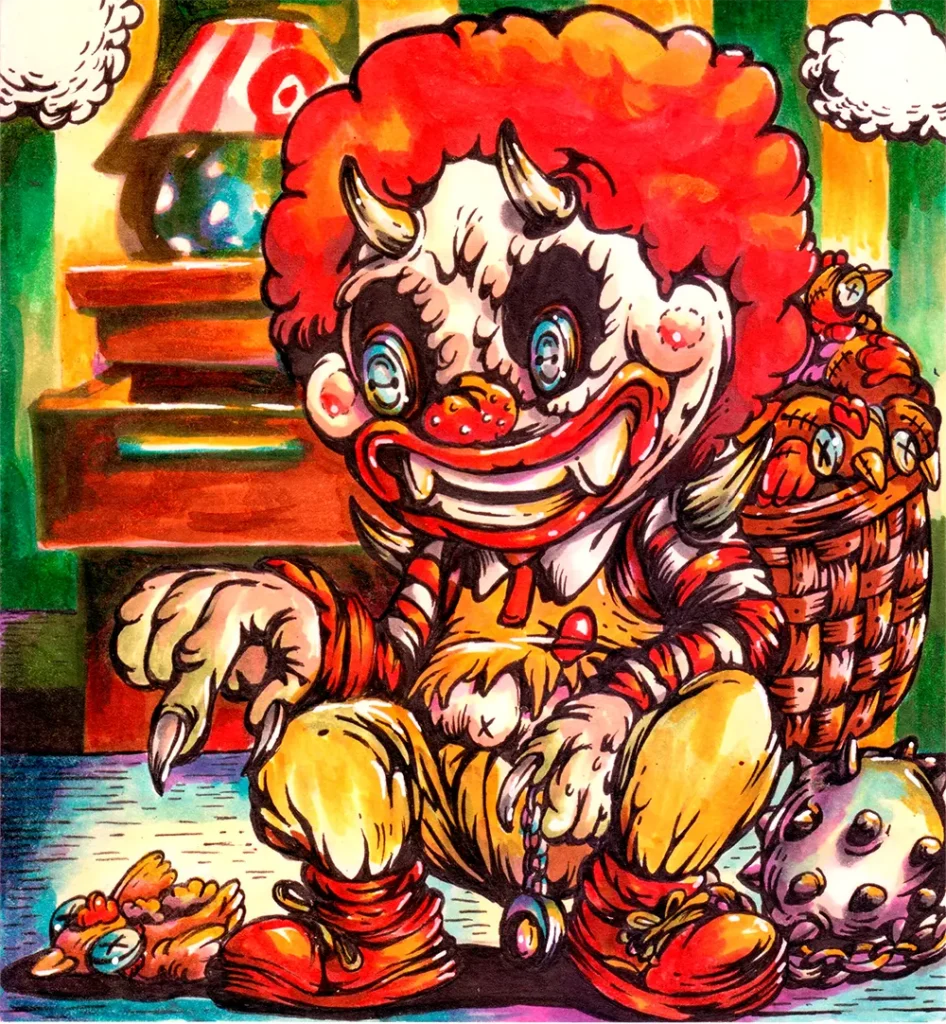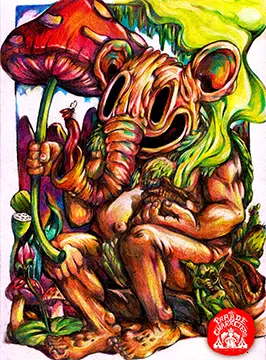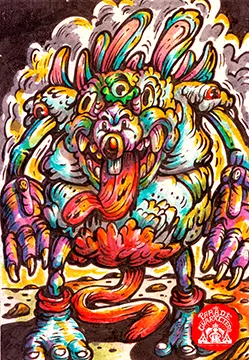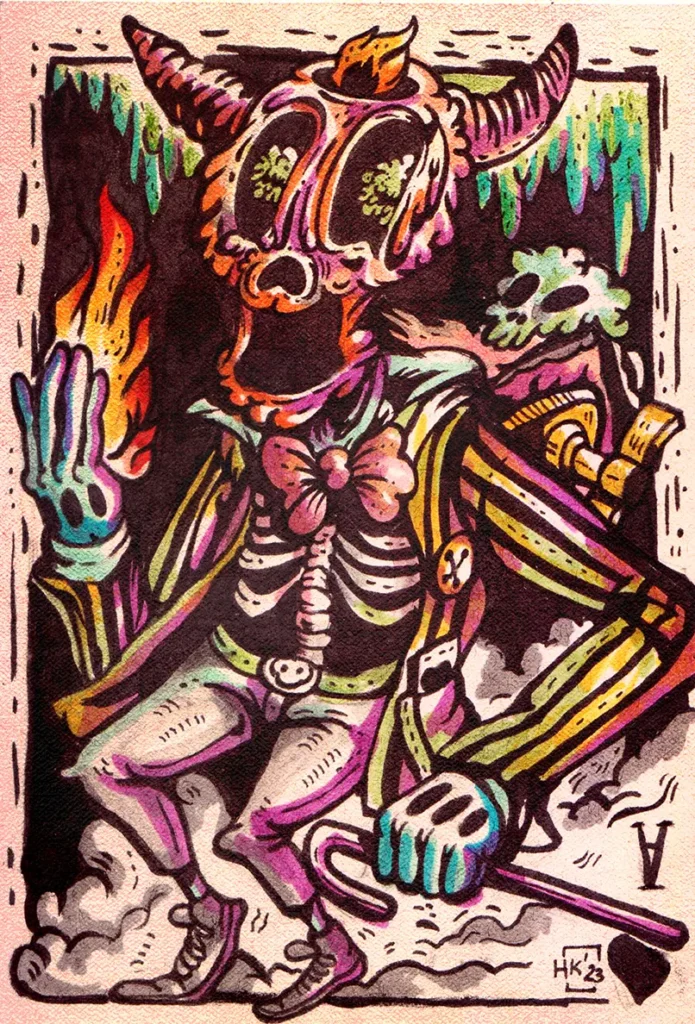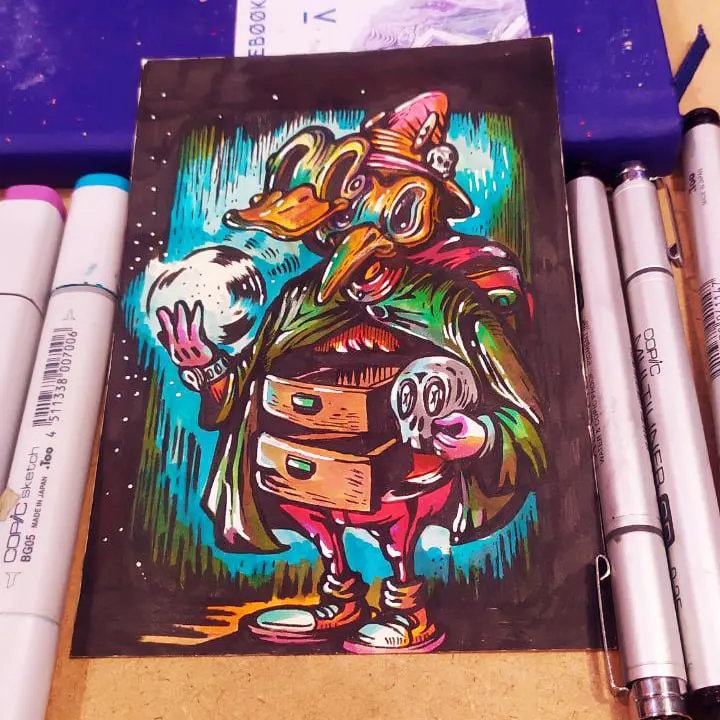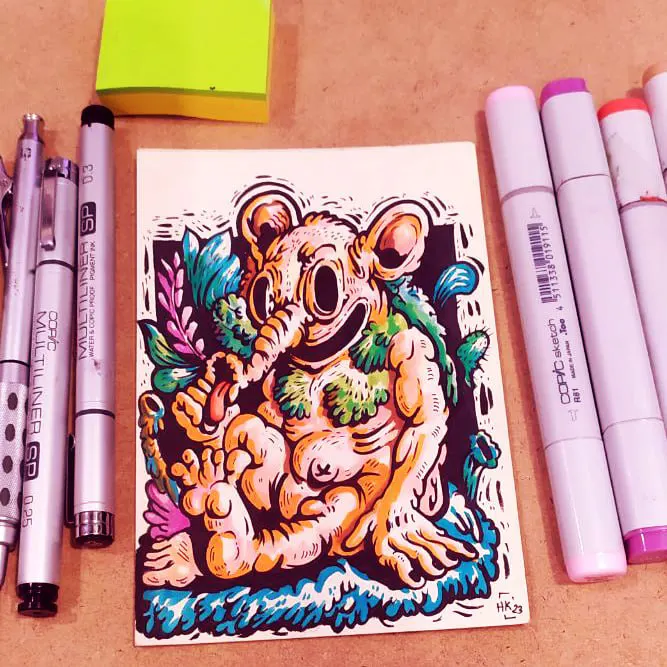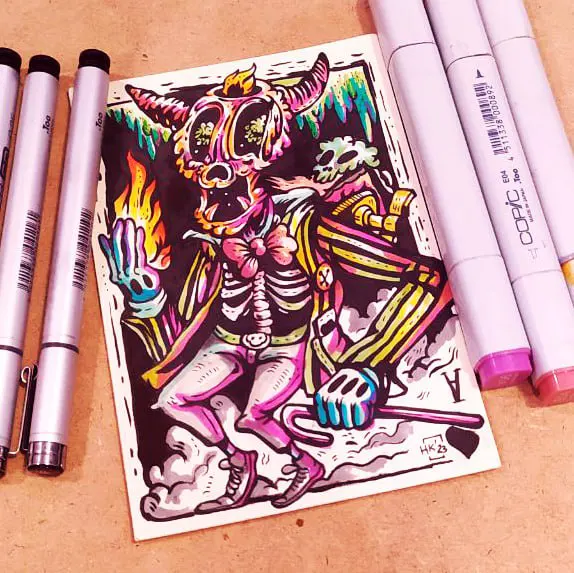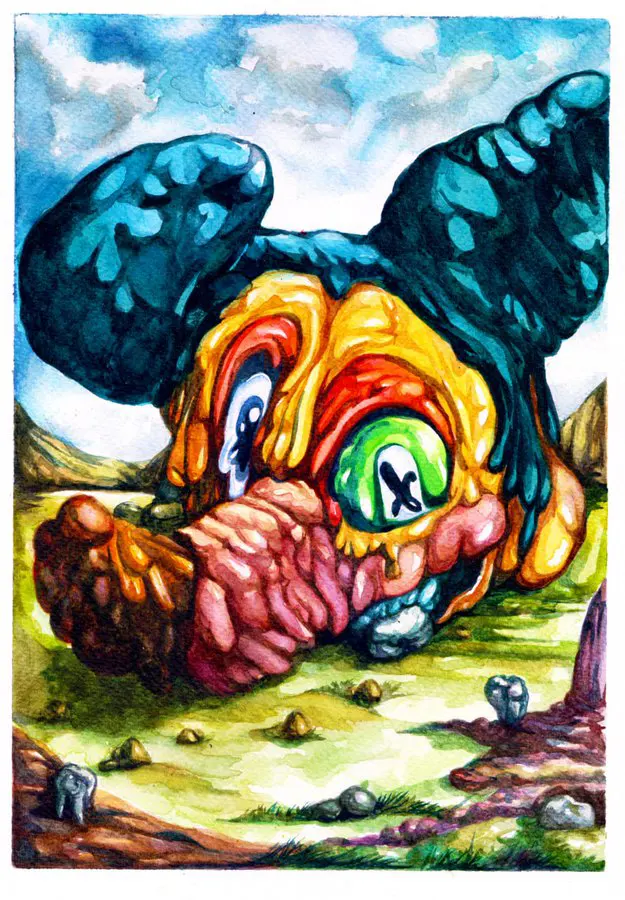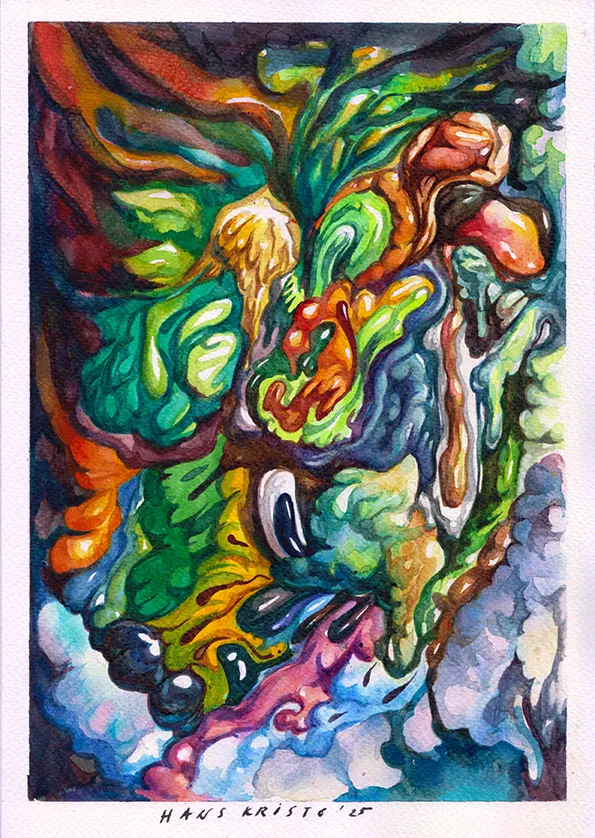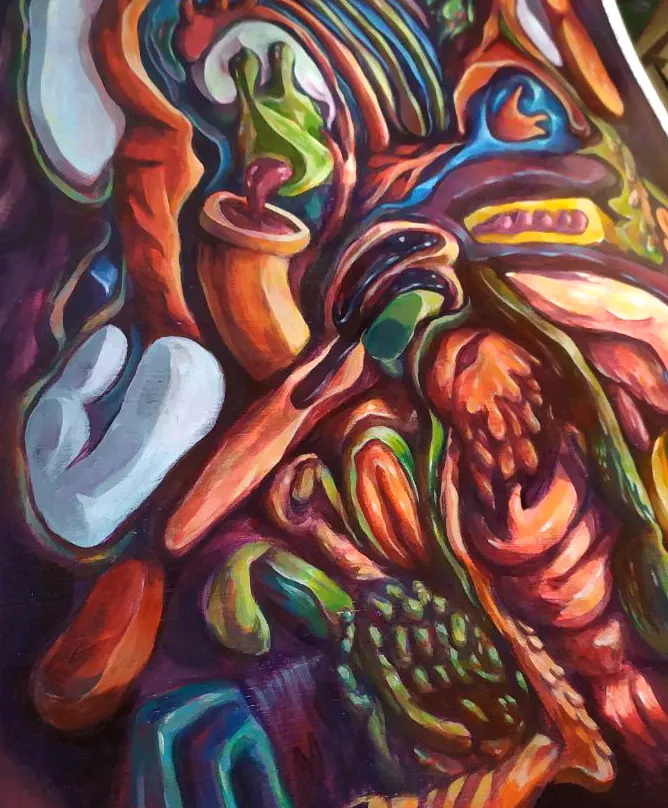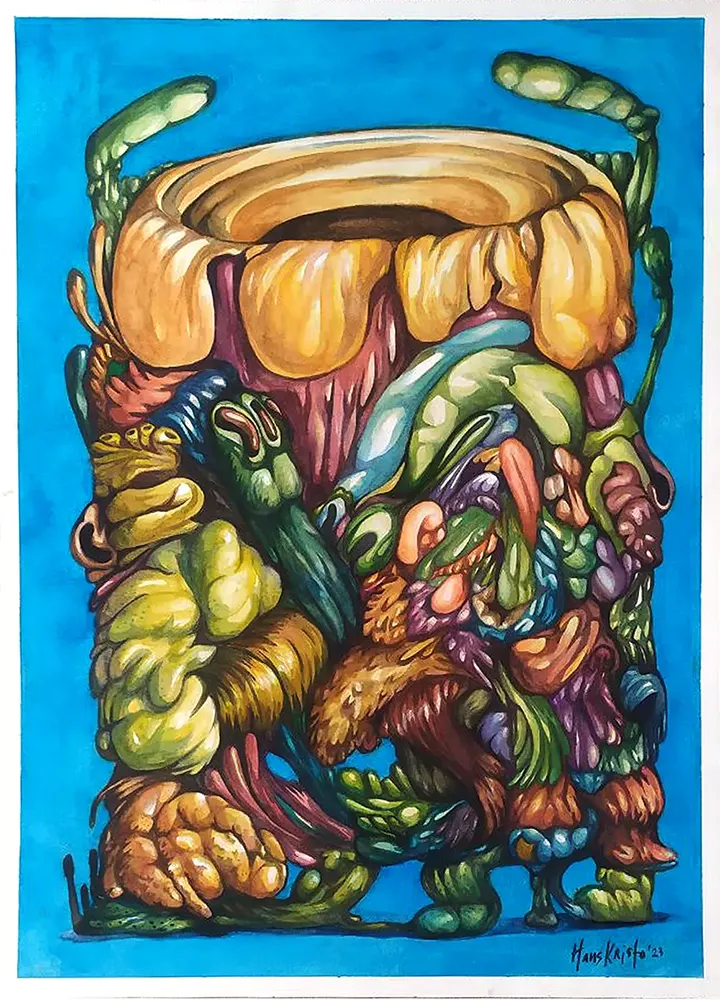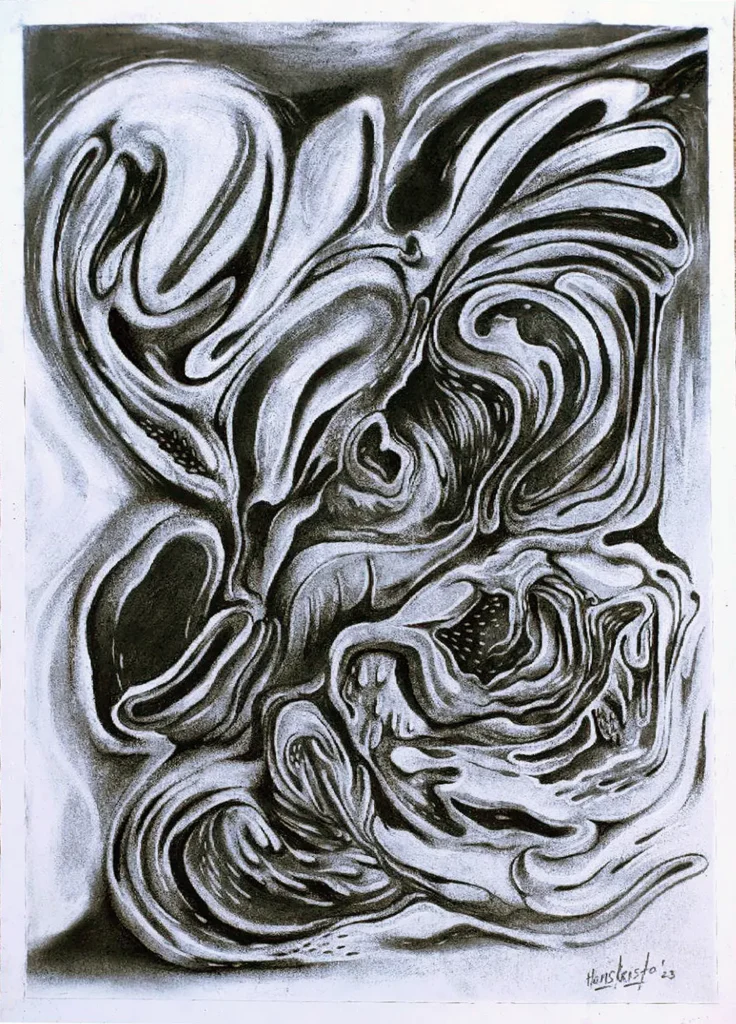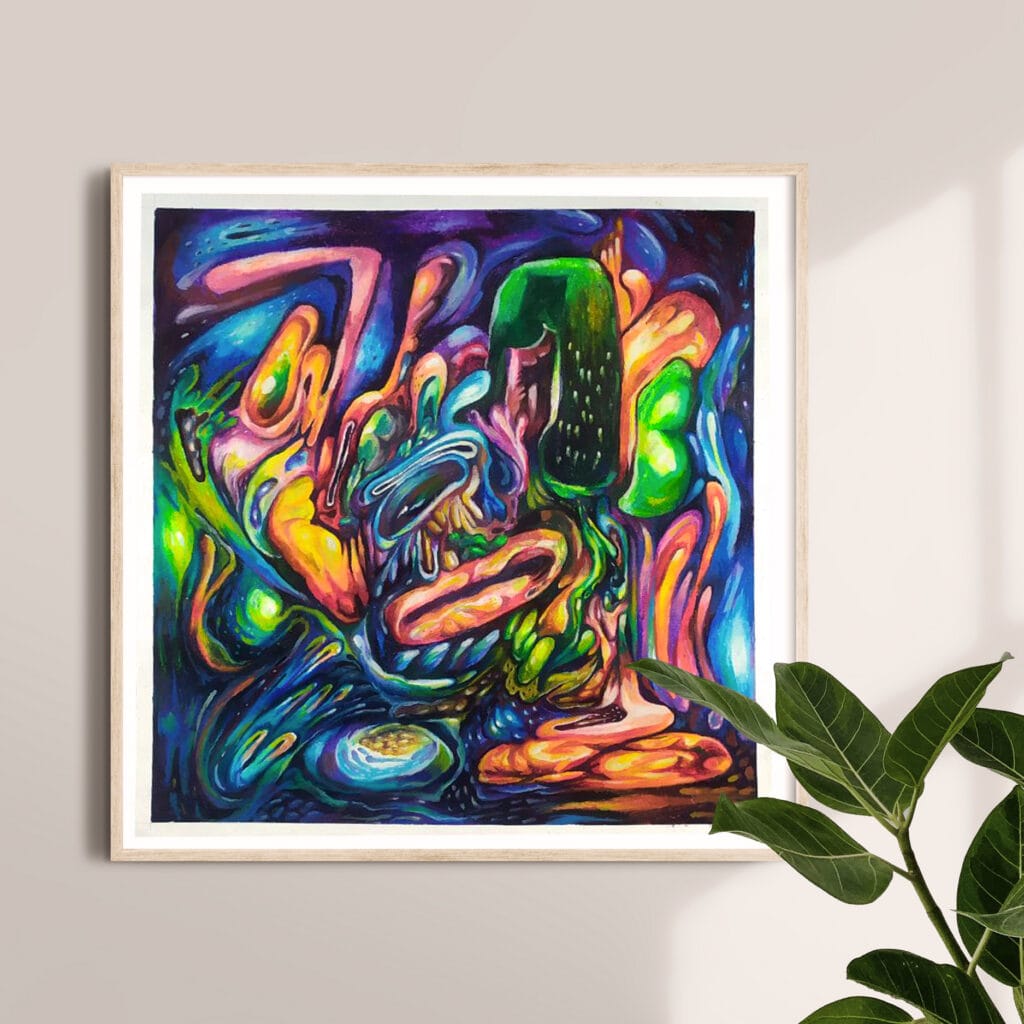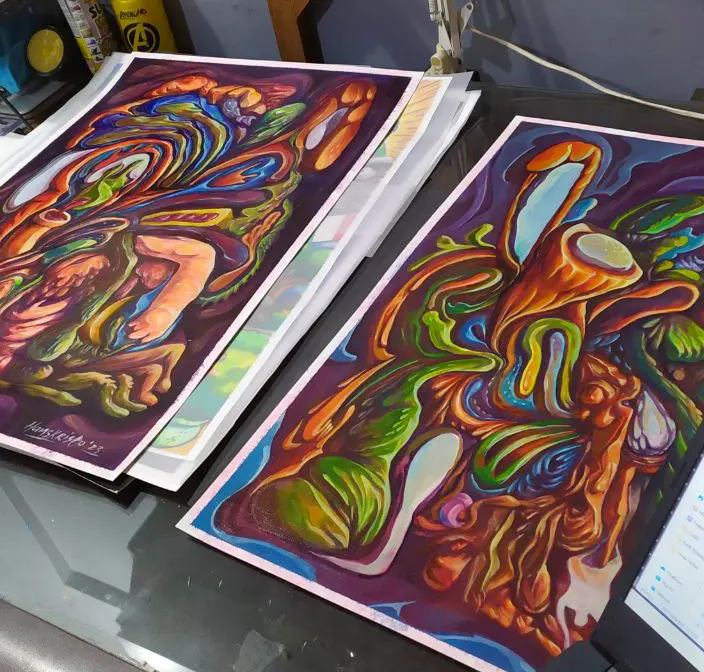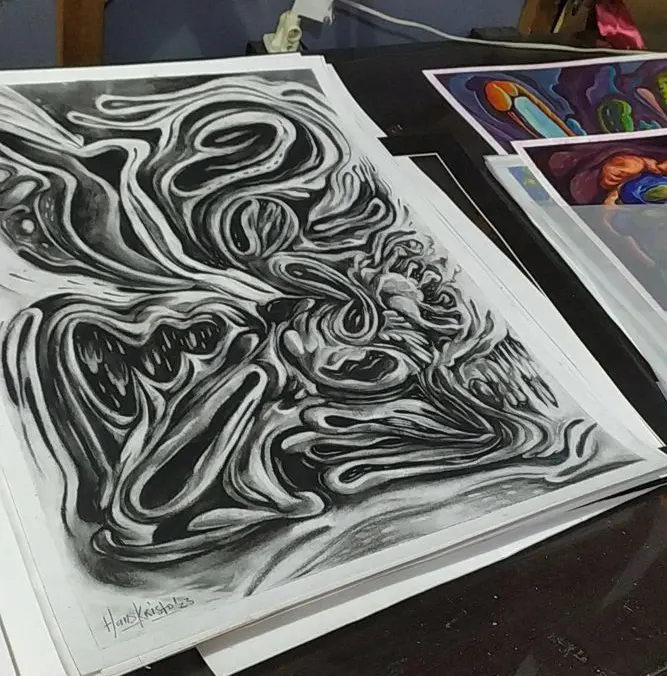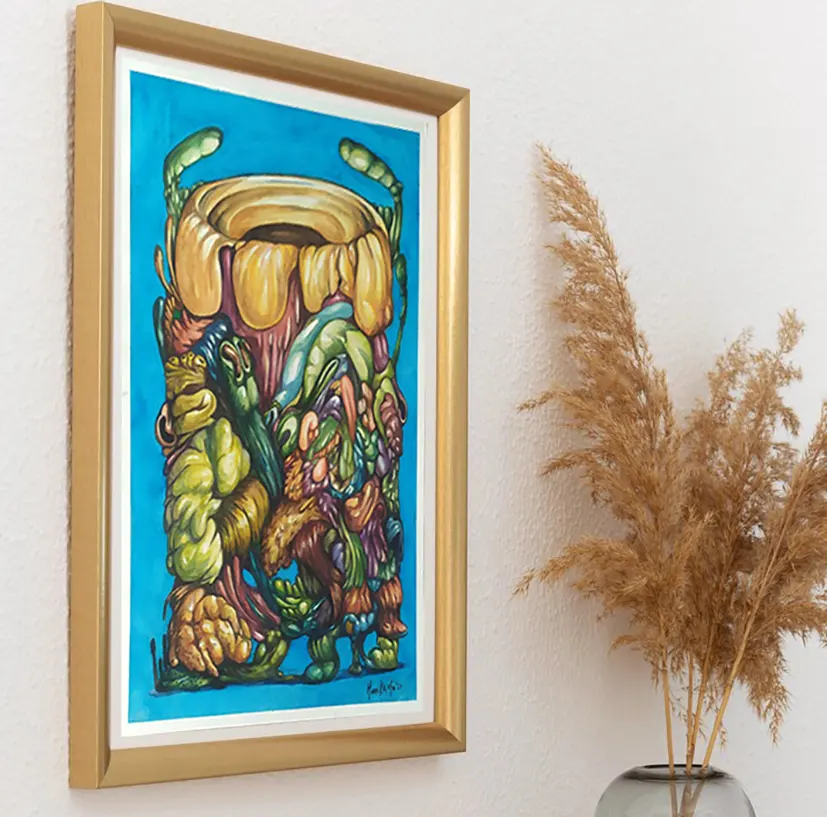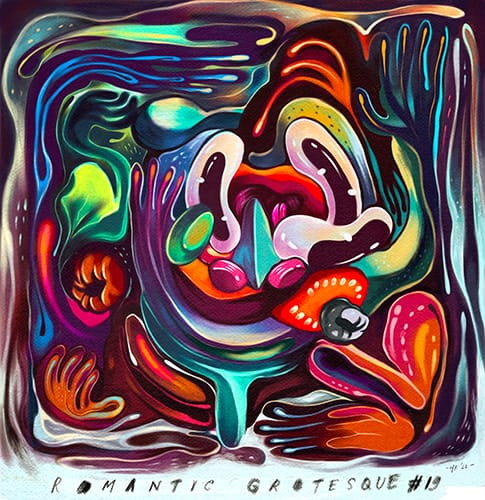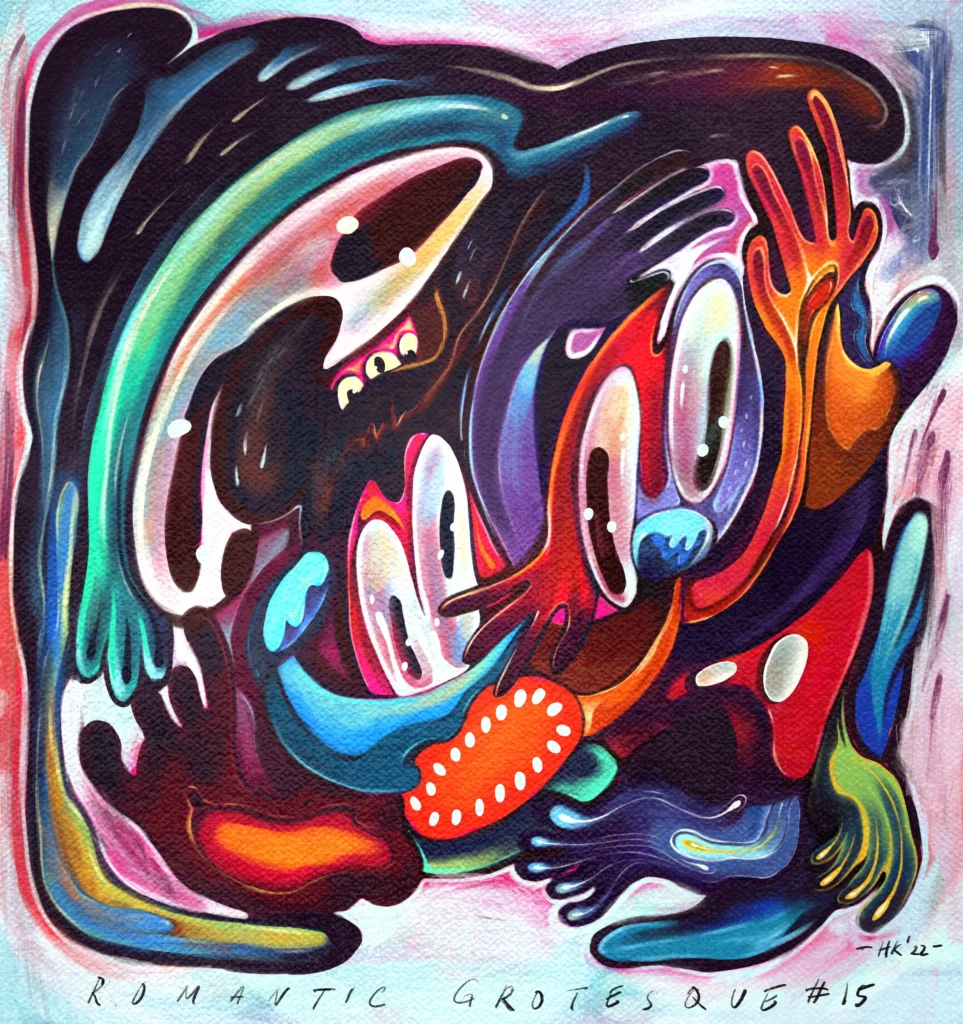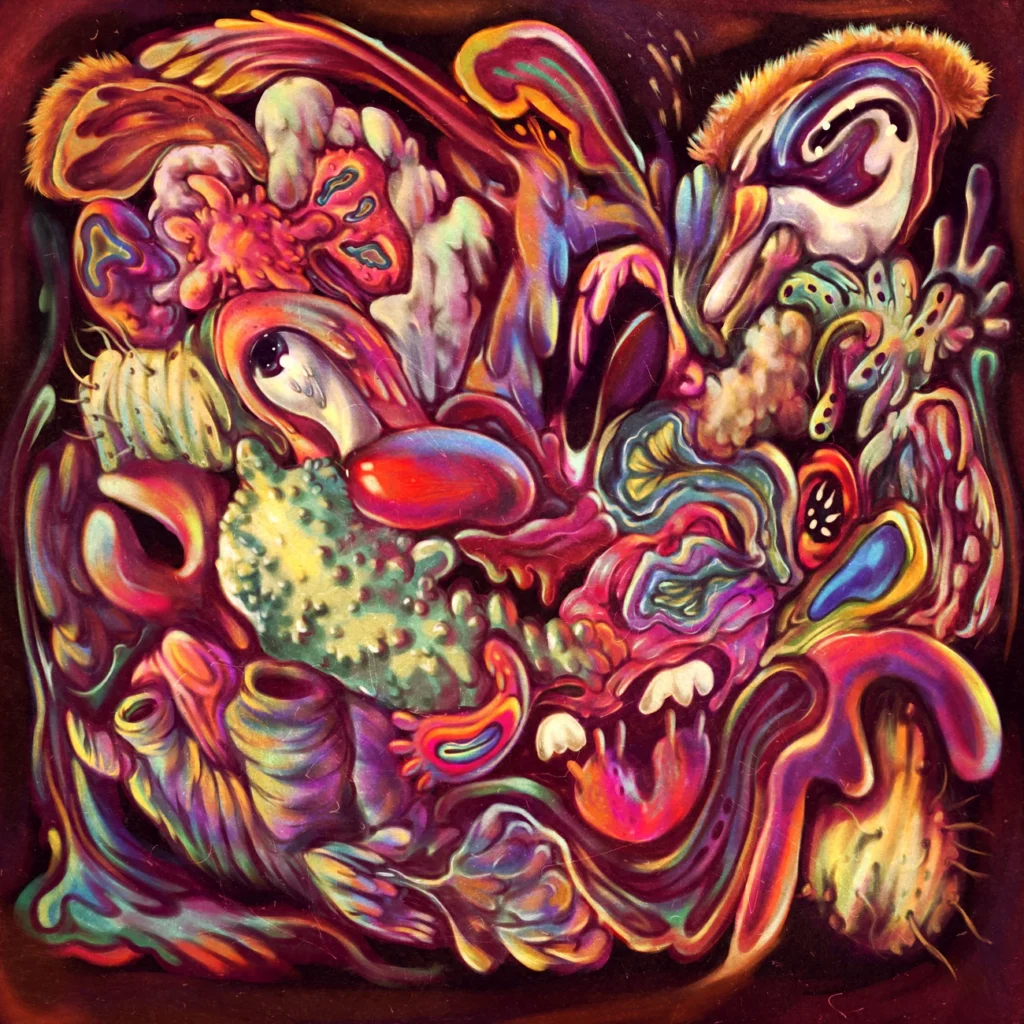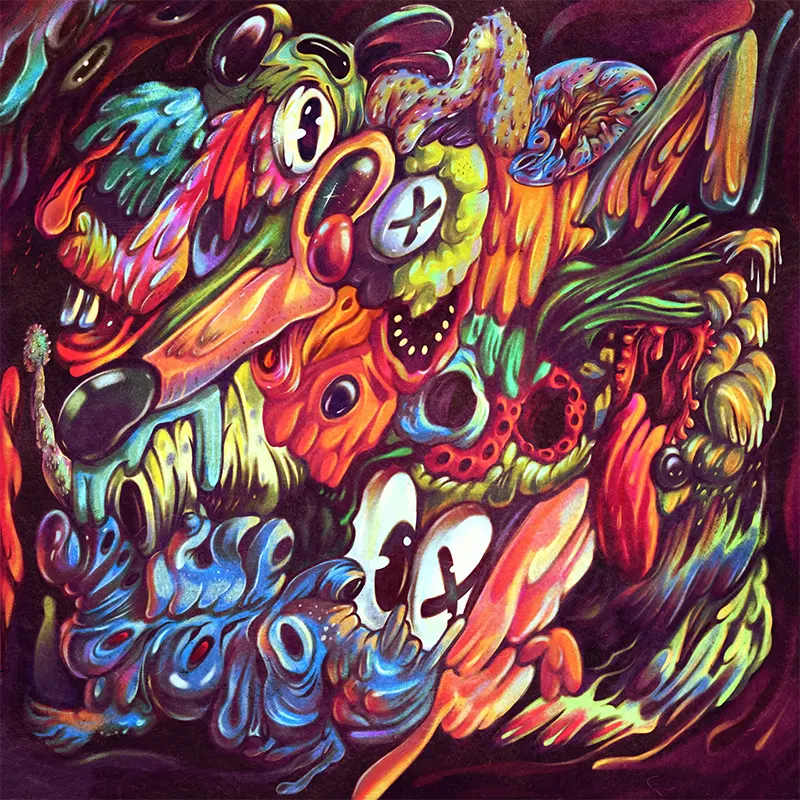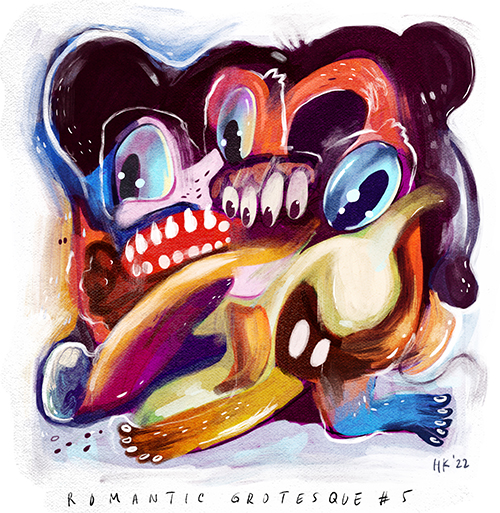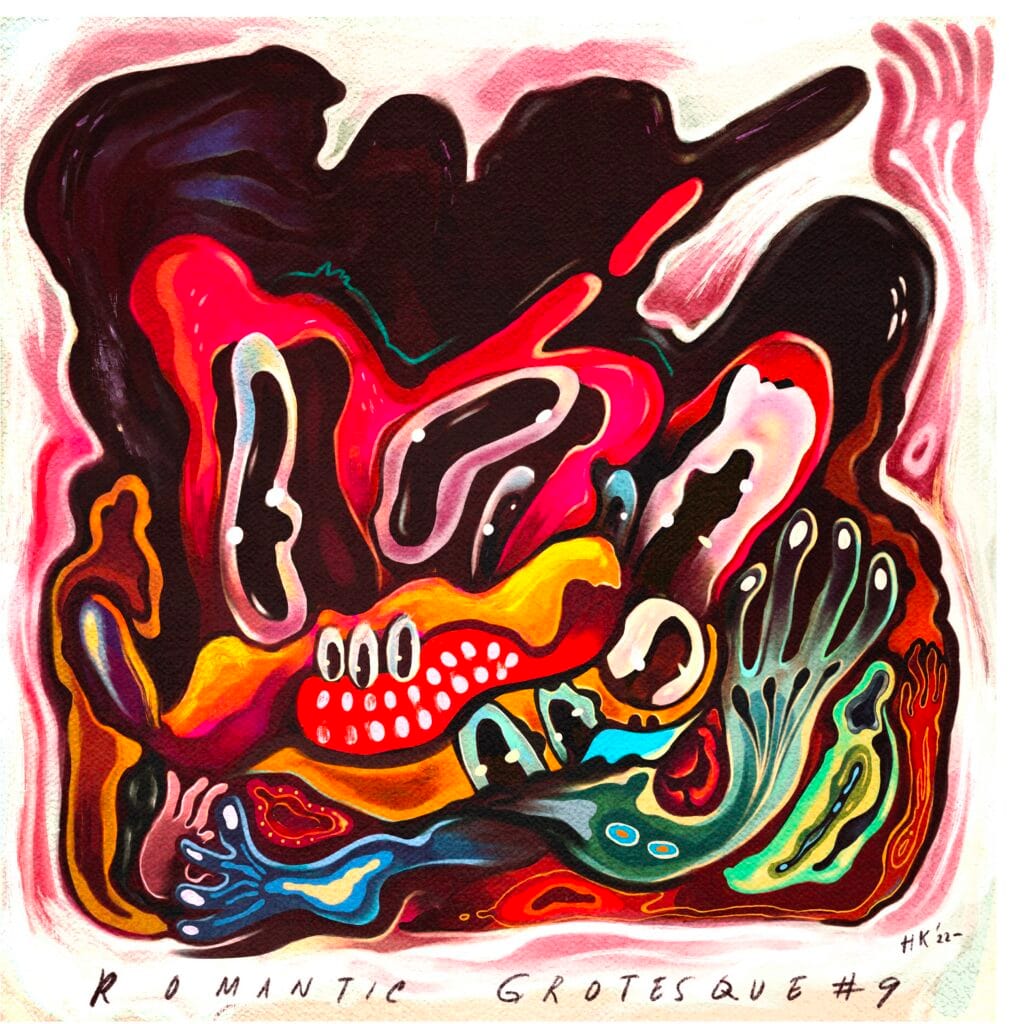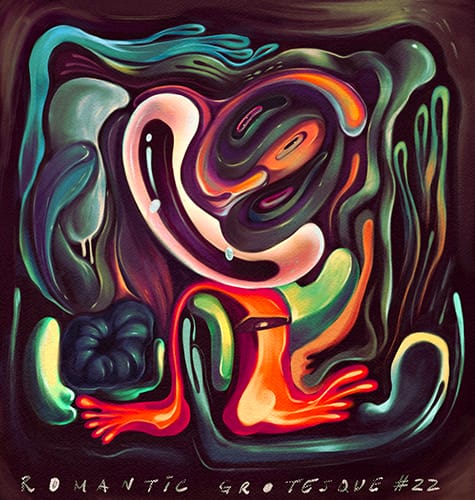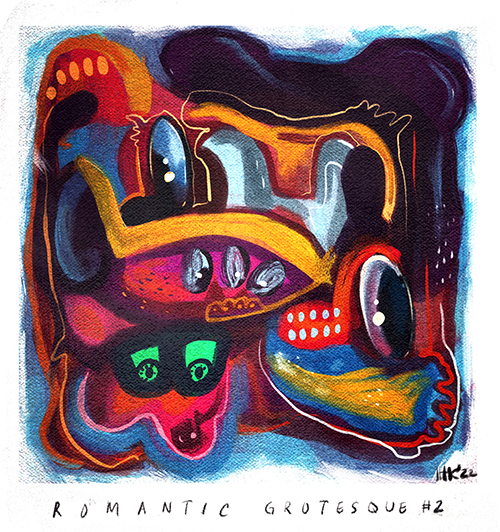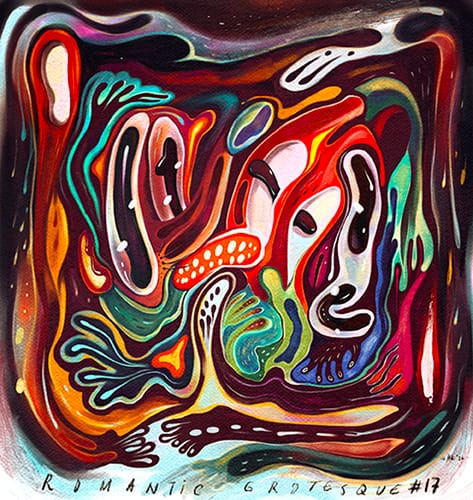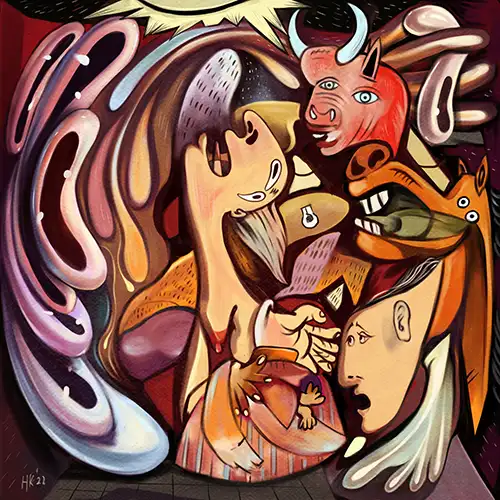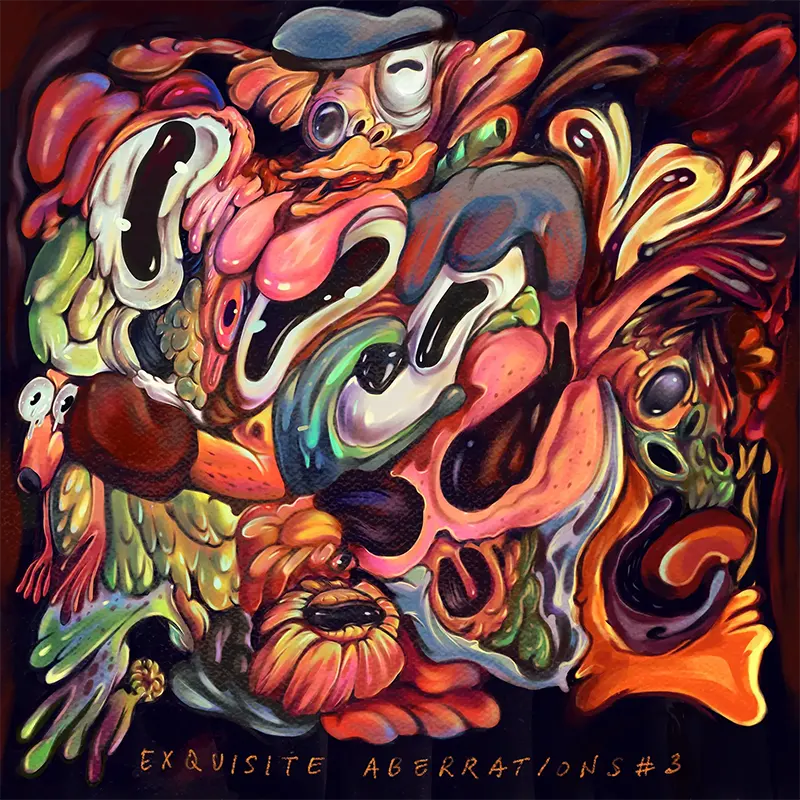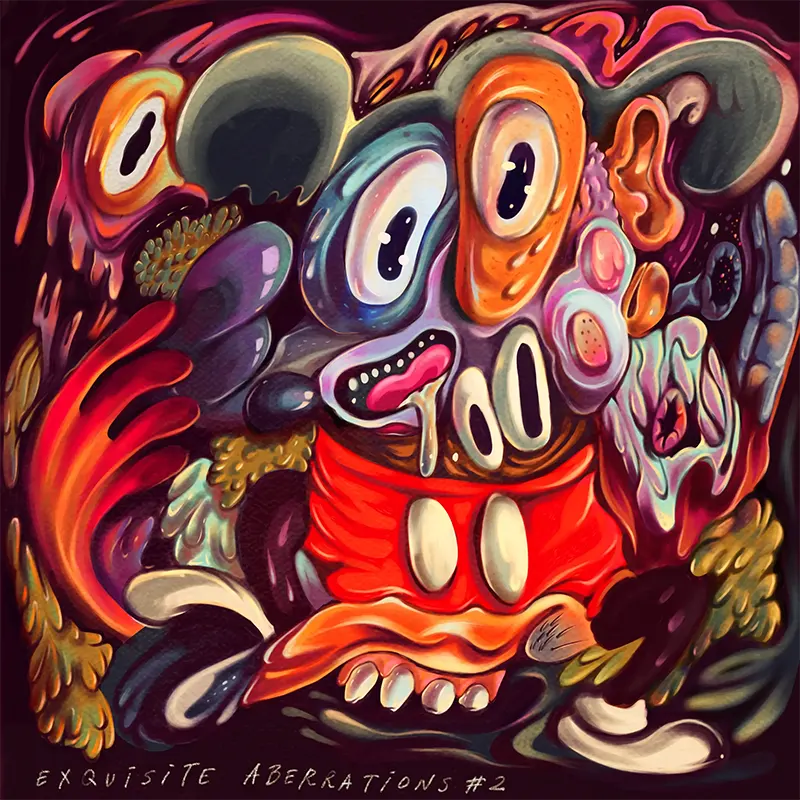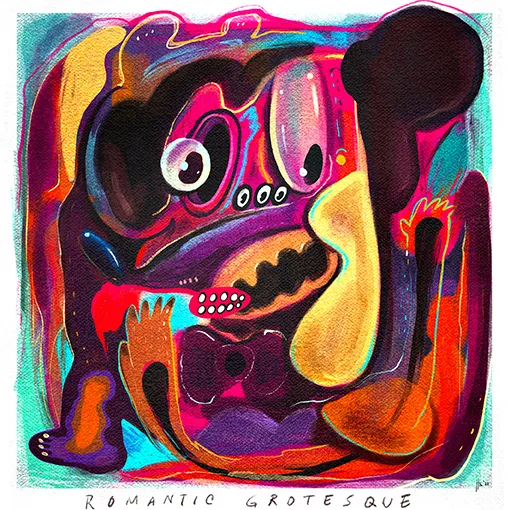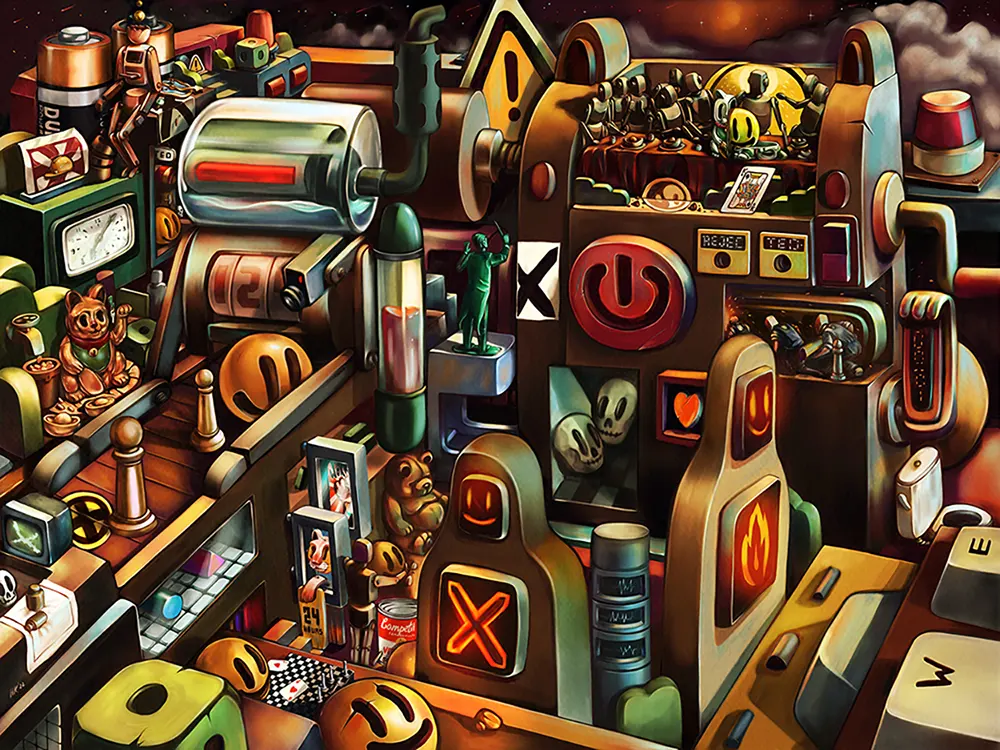
Homo Ludens: Play Theory, Game Culture, and Hyperreality in Modern Life
"All the world’s a stage.” – Shakespeare "
A reminder that life unfolds as play—roles, rules, and performances echoing Huizinga’s Homo Ludens.
Homo Ludens and Johan Huizinga’s Play Theory
From children’s playgrounds to online metaverses, play has always been at the heart of human culture. Since late 2022, I have been developing a collection of pop-surrealist works with a symbolic visual language, using the universe of worn-out toys as a metaphor to reflect on the fragile condition of modern human life, shaped by artificial culture and instant gratification. Homo Ludens is itself a cultural and social product first introduced by Johan Huizinga, a historian and one of the foremost writers on culture, who produced several important works on art and cultural history, including The Autumn of the Middle Ages (1919), Erasmus (1924), and Homo Ludens (1938). Johan Huizinga’s play theory, first outlined in Homo Ludens (1938), remains central to cultural studies, game culture, and even contemporary art.

In Homo Ludens, Huizinga emphasizes that human beings are, at their core, creatures of play, and that nearly the entirety of life is imbued with play. Play, he argues, is not merely entertainment but a fundamental necessity. As Shakespeare once observed, “All the world’s a stage,” a reminder that life itself can be understood as performance. Each individual carries a distinct role, and these roles must be enacted—not too gravely, yet not carelessly either. In line with Huizinga’s thought, play that is “not serious” can, when taken too seriously, generate tension. From here emerges the dynamics of how individuals employ strategies and energies in the effort to “win.”
Voluntary Play, Reality, and Hyperreality Examples
One of the most fascinating aspects of play is its voluntary character: it begins freely, without compulsion. But then a paradox arises—what is free soon comes face to face with a reality that insists on rules, obligations, and seriousness. The joy of play may wither, caught in the tension between imagined freedom and the weight of responsibility.
Play goes far beyond the physical. It lives not only in bodies but also in imagination and spirit. In our modern and virtual era, play often leaves the physical realm behind—online games and VR create experiences that blur reality itself. Hyperreality examples are everywhere today—from TikTok filters and AI deepfakes to immersive metaverse platforms that blur the boundaries between reality and simulation. This blurring of reality is not only a philosophical concern but also part of what Jean Baudrillard described as hyperreality—a state where perception feels more real than reality itself. And this condition connects directly to how humans experience joy, motivation, and learning through play.

Theories of Play in Early Childhood and Beyond
Furthermore, the essence of play lies in the pursuit of pleasure. This pleasure triggers the release of dopamine in the human brain. If we understand humans as homo biochemicalis—beings whose entire nature is shaped by chemical and biological processes—this becomes entirely reasonable. Neuroscientists also adopt this approach, viewing the brain as a biological organism governed by biochemical and electrical activity. This scientific perspective aligns with developmental psychology, where theories of play in early childhood show how play shapes empathy, creativity, and cognitive growth, making it foundational for human development.
Equally essential to play is the process itself. In play, the focus is not on outcomes or rewards, but on the process of playing. While later we will explore how rewards influence the way Homo Ludens engages in play, the true joy of play lies in the art of the process. An outcome without process is emptiness, and play thereby loses its meaning.
Sometimes I watch my child playing and realize how deeply play shapes us. In his laughter and determination, I see both discovery and confidence unfolding. He often asks about the toys of my childhood—the handmade puzzles, the simple wooden games, and even the stories of Tamiya, the Japanese toy cars my childhood friends raced while I watched with fascination. These were objects that demanded imagination and creativity more than screens. When we sit together at a boardgame café, surrounded by strangers who come simply to roll the dice and share moments of joy, I see Huizinga’s ideas breathing before me. Play, it turns out, is never just theory; it is a lived practice, a language of connection across generations.


"Play can also be a way of learning skills, wrapped in the joy of fun. These skills may prove useful for the future or be passed down through generations"

Game Culture, Video Games, and the Surplus of Play
Today, video games and culture illustrate how Huizinga’s play theory continues to shape not only childhood development but also global entertainment and creative practices. Play emerged from the surplus of human energy. Historians point out that survival always came first: at its core, life was about chasing calories to satisfy basic needs. But as societies evolved, humans no longer had to fight endlessly for food. The agricultural revolution marked the turning point—through the domestication of plants and animals, people gained a food surplus. With more time and energy at hand, they turned to new pursuits, even something as simple as gossip. Gossip spread knowledge, built connections, and helped civilizations thrive. In much the same way, play became a natural outlet for leftover energy.
In this way, video games and culture become intertwined, turning digital play into both entertainment and a reflection of society’s values. Play should also be a reason for humans to relax and recharge—releasing pent-up hormones after moments of tension. And it must carry joy at its core. In our accelerated age, the craving for “extra play” is greater than ever, a way to escape from other games of life that have grown too demanding.
Play can also be a way of learning skills, wrapped in the joy of fun. These skills may prove useful for the future or be passed down through generations. On the other hand, some believe that play comes from old abilities that have lost their place in daily life. Take warfare and conquest, for example: once essential, they now live on as competitions and games.
Modern theories approach play from many angles. Psychoanalysis sees it as a release of emotions and a way to heal trauma. Cognitive theory ties it to developmental stages that follow age. Social learning theory understands it as a bridge for communication, socializing, and connection. Compensation theory shows how play can turn serious—becoming a path to recognition, careers, economics, and even validation.
All Culture Is a Game: Rules, Power, and Hyperreality
In examining human culture, we cannot escape the fact that all cultures carry a ludic character—that is, the essence of play. Every culture requires rules, which we often describe as “rules of the game.” These rules are shaped by the backgrounds of both the players and the creators of the game. What emerges from this is a shared value system—a consensus or collective agreement—born from intersubjective processes. Language, politics, business, law, religion, even war—all follow the same patterns, each a game with its own set of rules. Seen this way, culture itself can be read as game culture, where rules and strategies shape collective identities and social structures.
Huizinga emphasizes that play is not ultimate reality; it stands upon the constructed reality of the game itself. In the postmodern era, we face new challenges in the form of hyperreality, a condition in which perception is believed to be more real than reality itself.
To explore the role of Homo Ludens is to recognize that we are all but small pawns in a larger game. From a distant perspective, each pawn is governed by hierarchies and relations of power. An escape seems nearly impossible, except by fully detaching from the system—a radical stance that demands sacrifice. In Eastern perspectives, a similar path is followed by spiritual practitioners who renounce worldly desires in pursuit of liberation.
From Play to Art: Pop Surrealism Art as Cultural Reflection
Through pop surrealism, I reimagine Huizinga’s theory of play to reveal how toys, play, and imagination echo the fragile and hyperreal condition of our time. The imagery of abandoned, timeworn toys becomes a metaphor for emptiness and silence, a reminder of what is lost yet still lingers in memory. In this way, Homo Ludens is not just a theoretical framework, but a mirror—reflecting how we live, how we create, and how we continue to dream. Perhaps that is the enduring lesson of Homo Ludens: to live is to play. And in every game—whether in childhood, in culture, or on canvas—we rediscover the paradox of human existence—fragile, yet bound to hyperreality.
EXPLORE HOMO LUDENS - THE ART OF PLAY
ABOUT THE AUTHOR
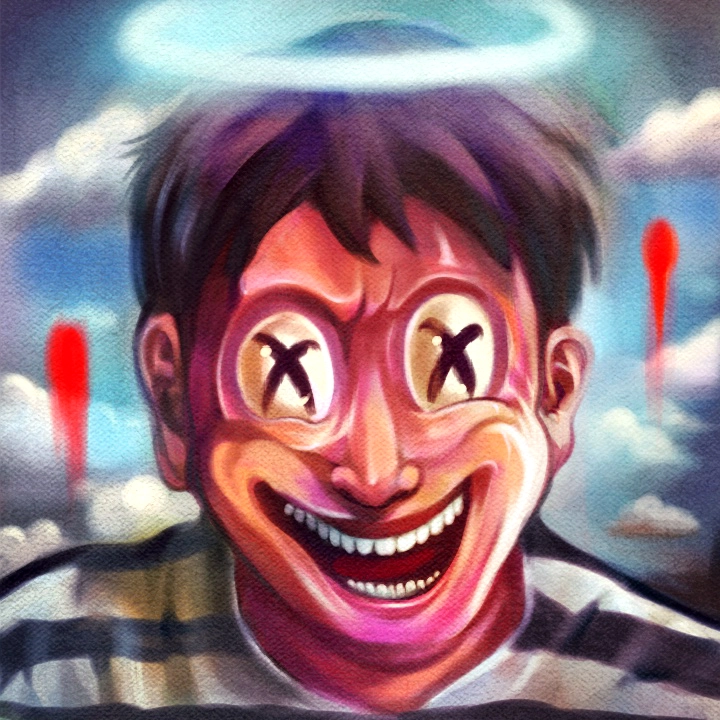
ART | POP CULTURE | HISTORY | AESTHETICS
Hans Kristo is a pop surrealist artist from Indonesia. Since 2005, he has been working professionally across diverse mediums, from traditional to digital. Beyond painting, he enjoys writing and reflecting on topics of culture and history. His artworks, writings, and reflections can be found at hanskristo.com
